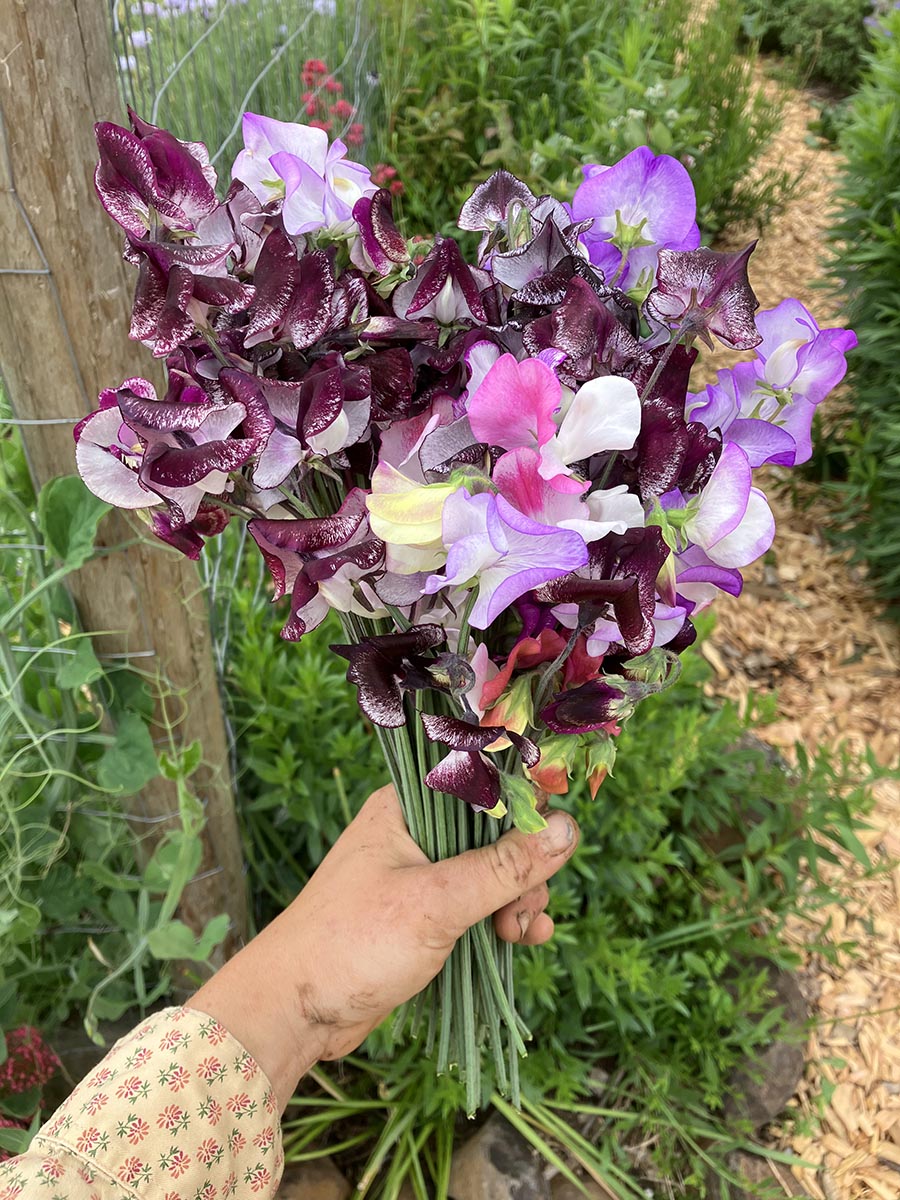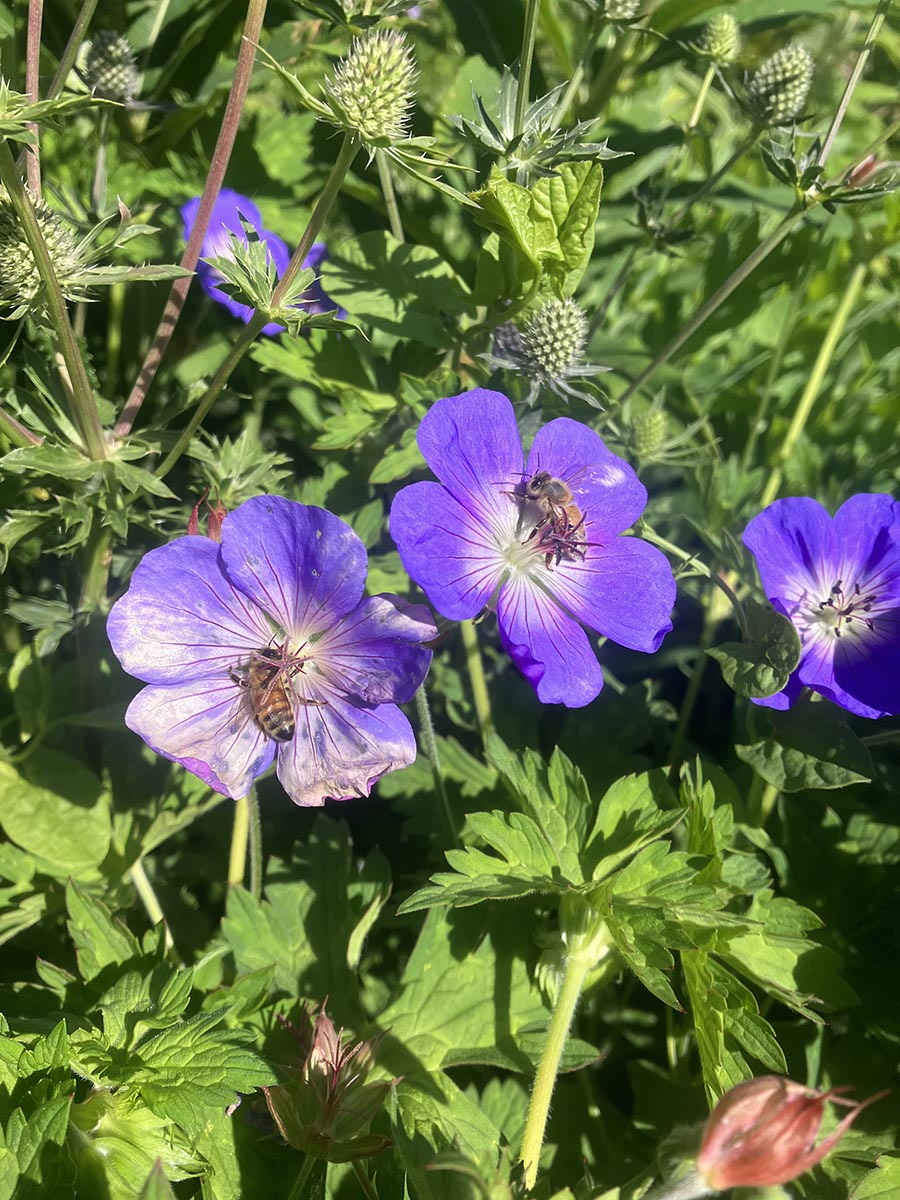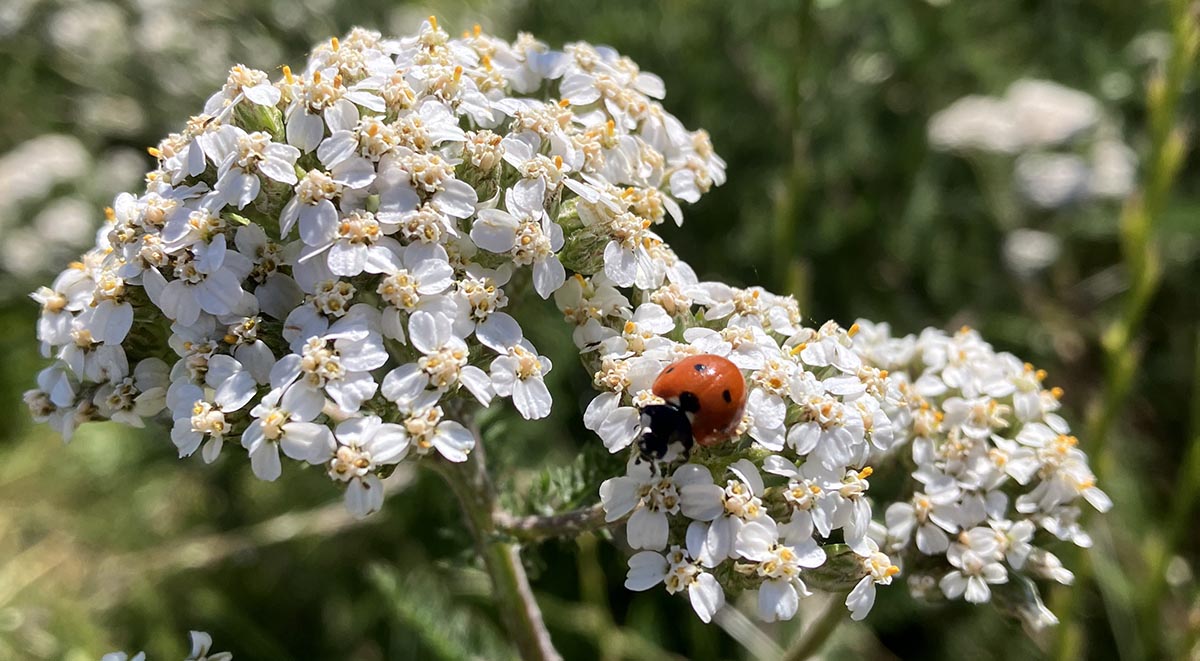“A human community too must collect leaves and stories, and turn them to account. It must build soil, and build that memory of itself- in lore and story and song – that will be its culture. These two kinds of accumulation of local soil and local culture are intimately connected.” – Wendell Berry, What are People For?
Summer is so often filled with a social vibrancy that my quiet, introverted self can struggle to keep pace with it. My mornings start amongst the streaming chatter of birds, who I rush out to join in anticipation of the day ahead. These very birds have taught me to lean into the social atmosphere of summer. I mimic them in my own chatter with guests while picking raspberries, sharing the secret joys of the pacific wren that is raising its babies in my bird box, and laughing over our shared passions for dahlias.
Finding this sense of community and social belonging is mirrored throughout our gardens. I see it in the gentle cues of companion planting, where plants grow stronger and more resilient when planted amongst each other. Perhaps the most readily recognized example is the three sisters garden, a method of agriculture practiced by Indigenous communities in the Americas. The three sisters’ garden is a living example of the strength of community. The first sister, Maize, awakens in the warmth of the summer soil, growing at an uncontained pace reminiscent of many eldest siblings. After her follows Squash, who lays at the feet of her eldest sister, conserving water and suppressing weeds. The third sister, Bean, winds her way up the stalk of Maize, using her to support herself. Bean gives back to her sisters by fixing nitrogen and sharing nutrients with her siblings that aid their growth. Each sister can be grown alone, producing abundant produce for our kitchens. However, there is a shift when grown together, a synchrony that creates a profuse outpouring of corn, beans, and squash that only comes from the mutual aiding of one another.


Throughout my summer garden, I can see this relationship playing out. The marigolds line the bed of lettuce, the basils that grow happily next to the tomatoes and peppers. I see it even in the zinnias that adorn the ends of the cucumber beds for no other reason than the simple joy they give me. Seeing the garden through the networks of community connections serves as a living example of how we should mirror connections in our communities. From a diversity in growth habits, we are more resilient as we all share different perspectives and seek to aid each other.
In a world where we are increasingly divided from human interaction by screens, it can be challenging to feel like part of a community. This disconnect with our community is also felt in our connection with the communities of the natural world, which Michael McGinnis calls species loneliness. As I brace for a future of extremes and the continual loss of biodiversity, I realize that connections are increasingly vital. However, I fear they will be more challenging to make. Community is all the more critical as we seek to create resilient ecosystems that can exist in this brave new world. Our gardens serve as habitat corridors for wildlife communities and human connections. Places where we can come together and envision the change we want and then go out and cultivate it. Where our ideas, shared seeds, and plant cuttings trickle out from our gardens and into those of our friends. The habitat corridor of community members serves as an oasis for humans and the many other beings we share them with. They are vital spaces that continue to inspire me and give me the capacity to endure.
With Love from the Garden
Shannon
Farm to Table
This month, our tasting room menu features lettuce, Zucchini, cherry tomatoes, herbs, fava beans, beets, and cherries.
